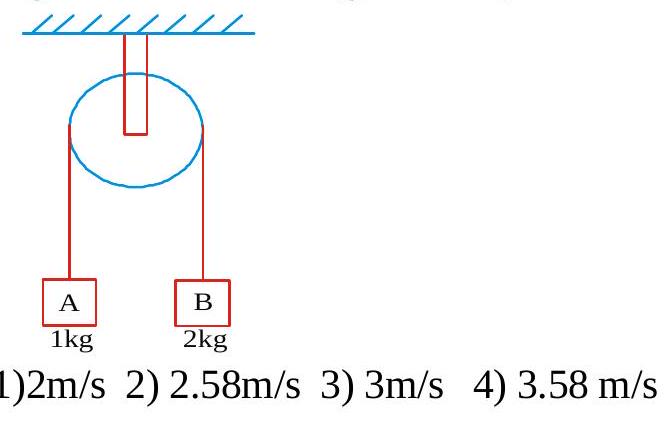268849 A\(3 \mathrm{~kg}\) model rocket is launched straight up with sufficient initial speed to reach a maximum height of \(100 \mathrm{~m}\), even though air resistance (a non-conservative force) performs - \(900 \mathrm{~J}\) of work on the rocket. The height the rocket would have gone without air resistance will be
268849 A\(3 \mathrm{~kg}\) model rocket is launched straight up with sufficient initial speed to reach a maximum height of \(100 \mathrm{~m}\), even though air resistance (a non-conservative force) performs - \(900 \mathrm{~J}\) of work on the rocket. The height the rocket would have gone without air resistance will be
268849 A\(3 \mathrm{~kg}\) model rocket is launched straight up with sufficient initial speed to reach a maximum height of \(100 \mathrm{~m}\), even though air resistance (a non-conservative force) performs - \(900 \mathrm{~J}\) of work on the rocket. The height the rocket would have gone without air resistance will be
268849 A\(3 \mathrm{~kg}\) model rocket is launched straight up with sufficient initial speed to reach a maximum height of \(100 \mathrm{~m}\), even though air resistance (a non-conservative force) performs - \(900 \mathrm{~J}\) of work on the rocket. The height the rocket would have gone without air resistance will be
268849 A\(3 \mathrm{~kg}\) model rocket is launched straight up with sufficient initial speed to reach a maximum height of \(100 \mathrm{~m}\), even though air resistance (a non-conservative force) performs - \(900 \mathrm{~J}\) of work on the rocket. The height the rocket would have gone without air resistance will be
